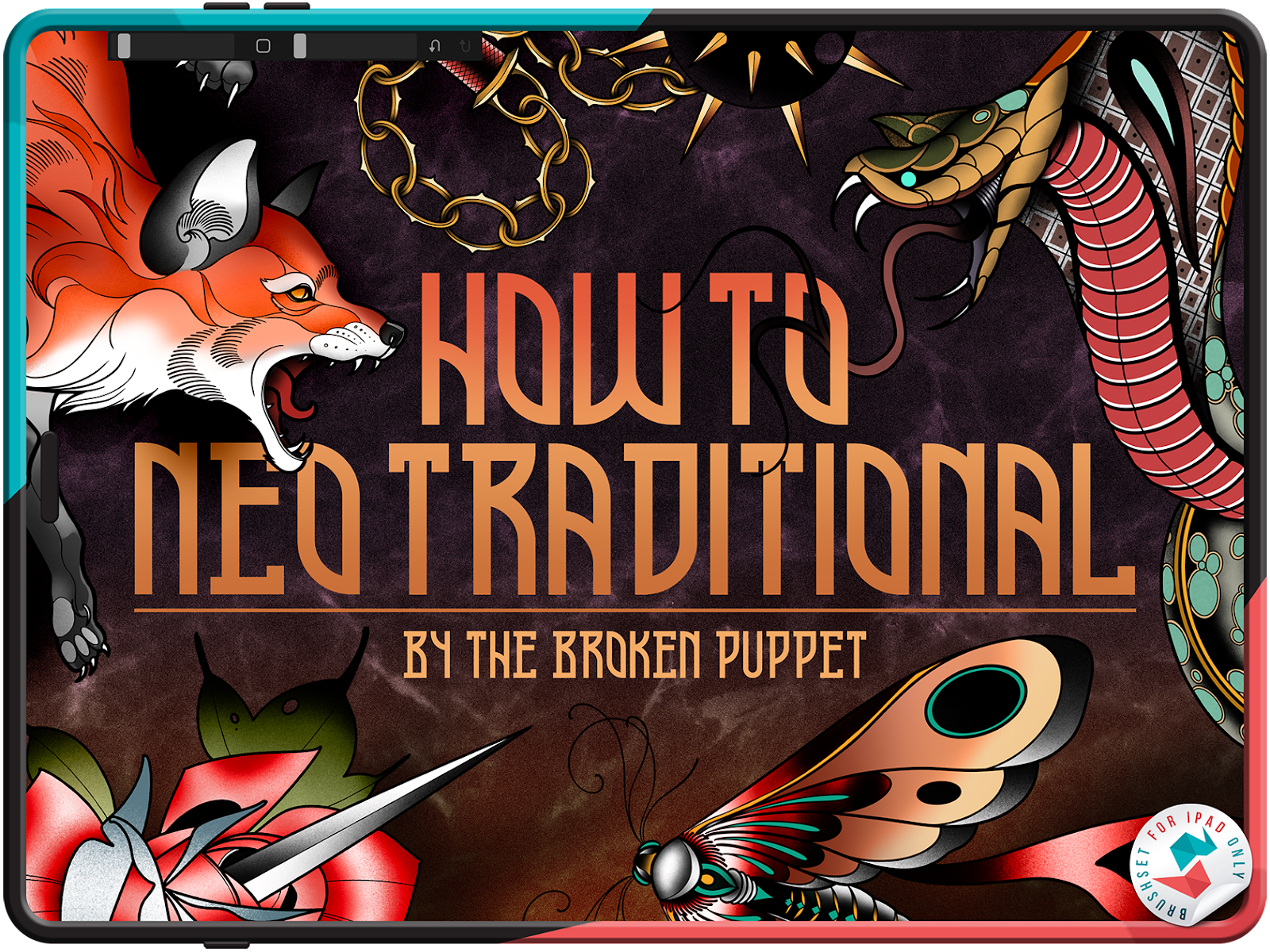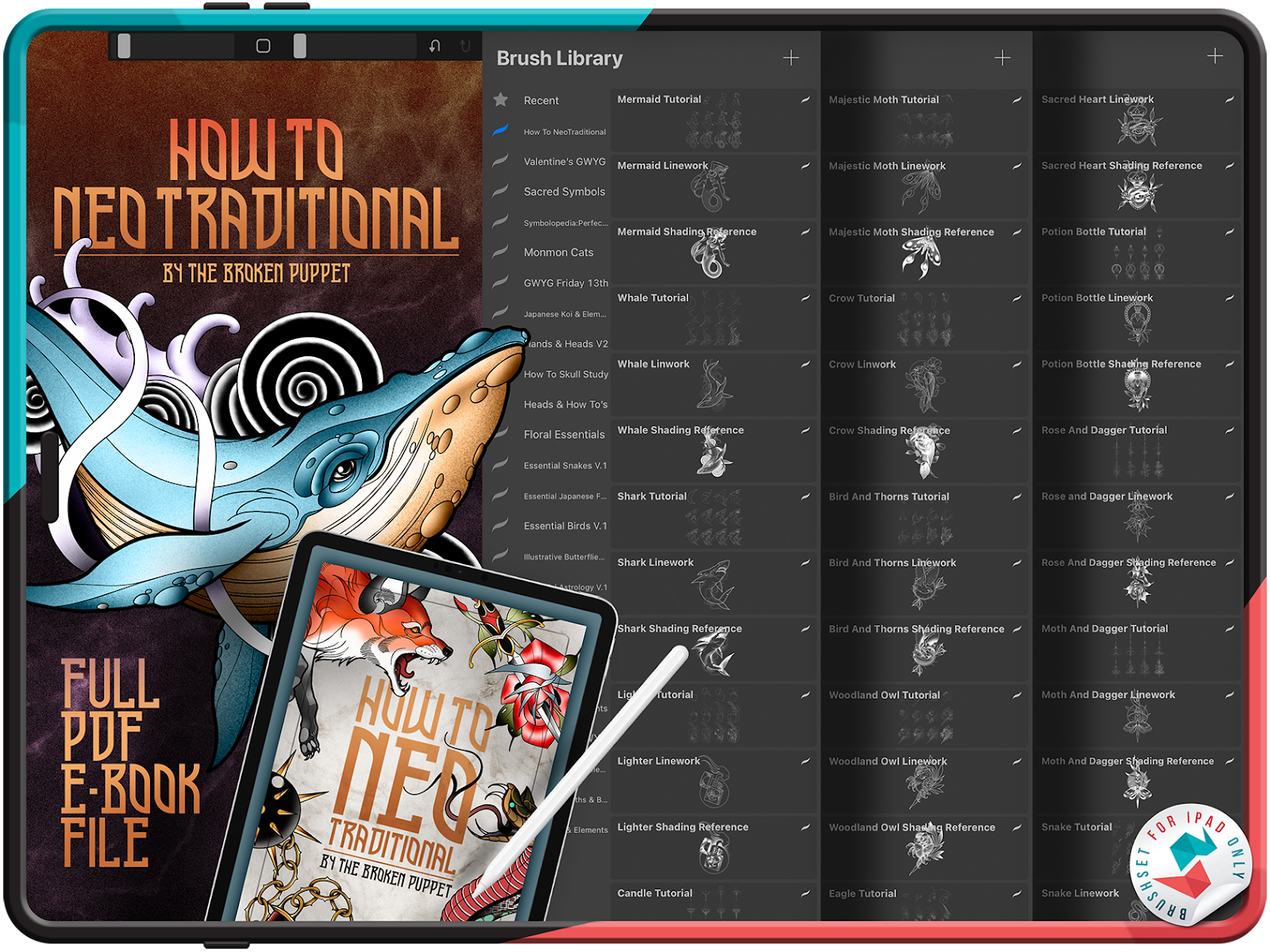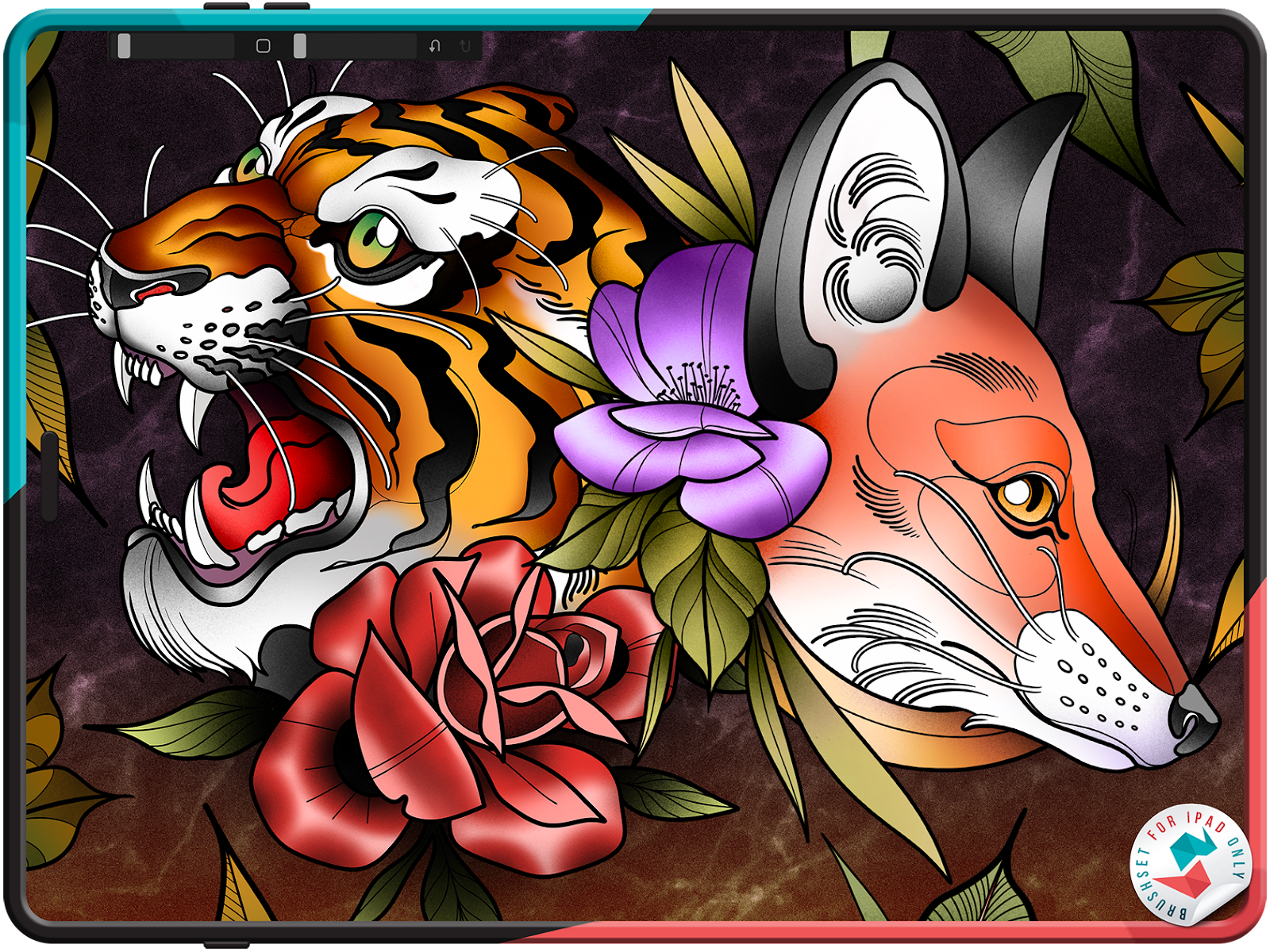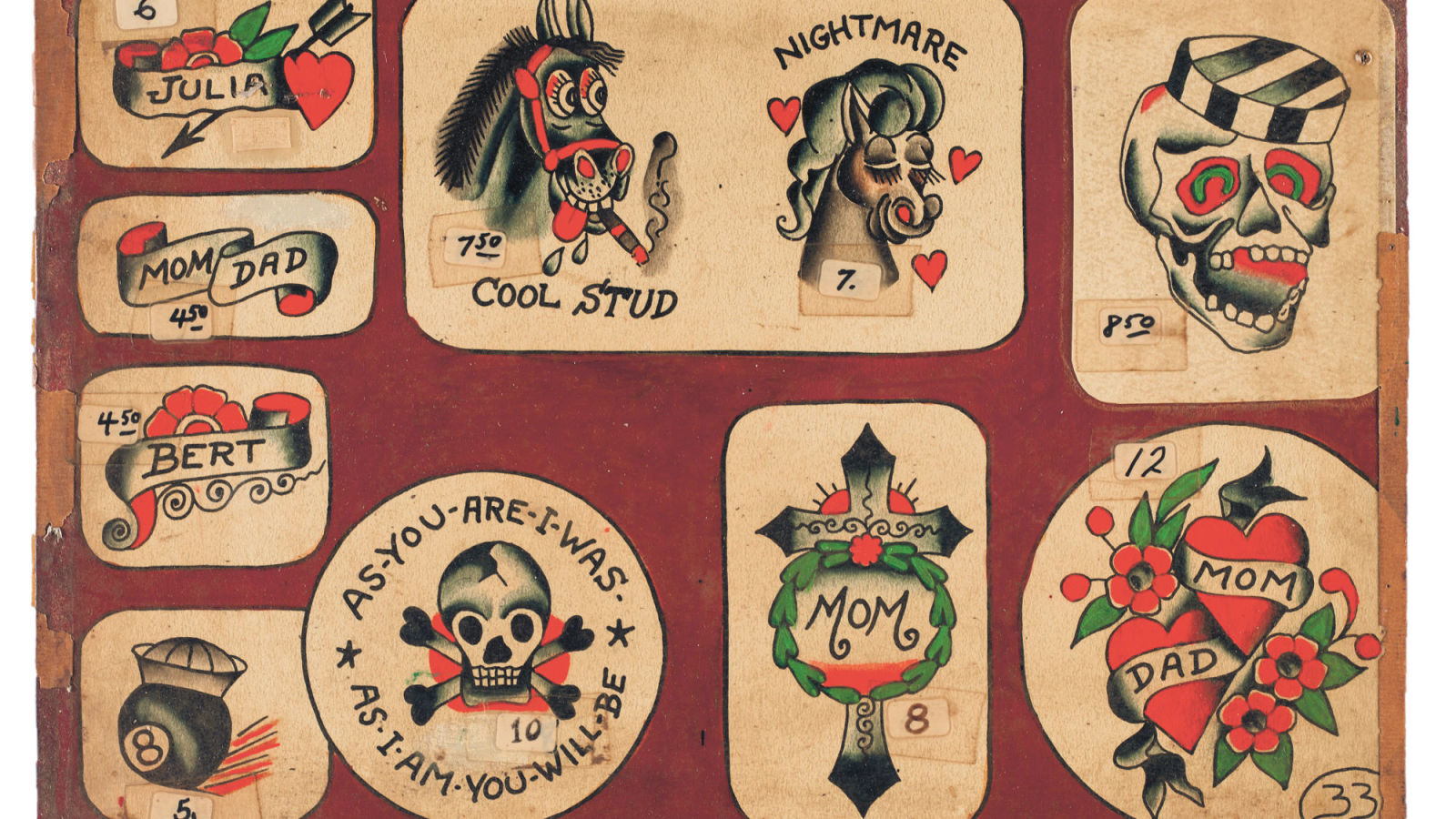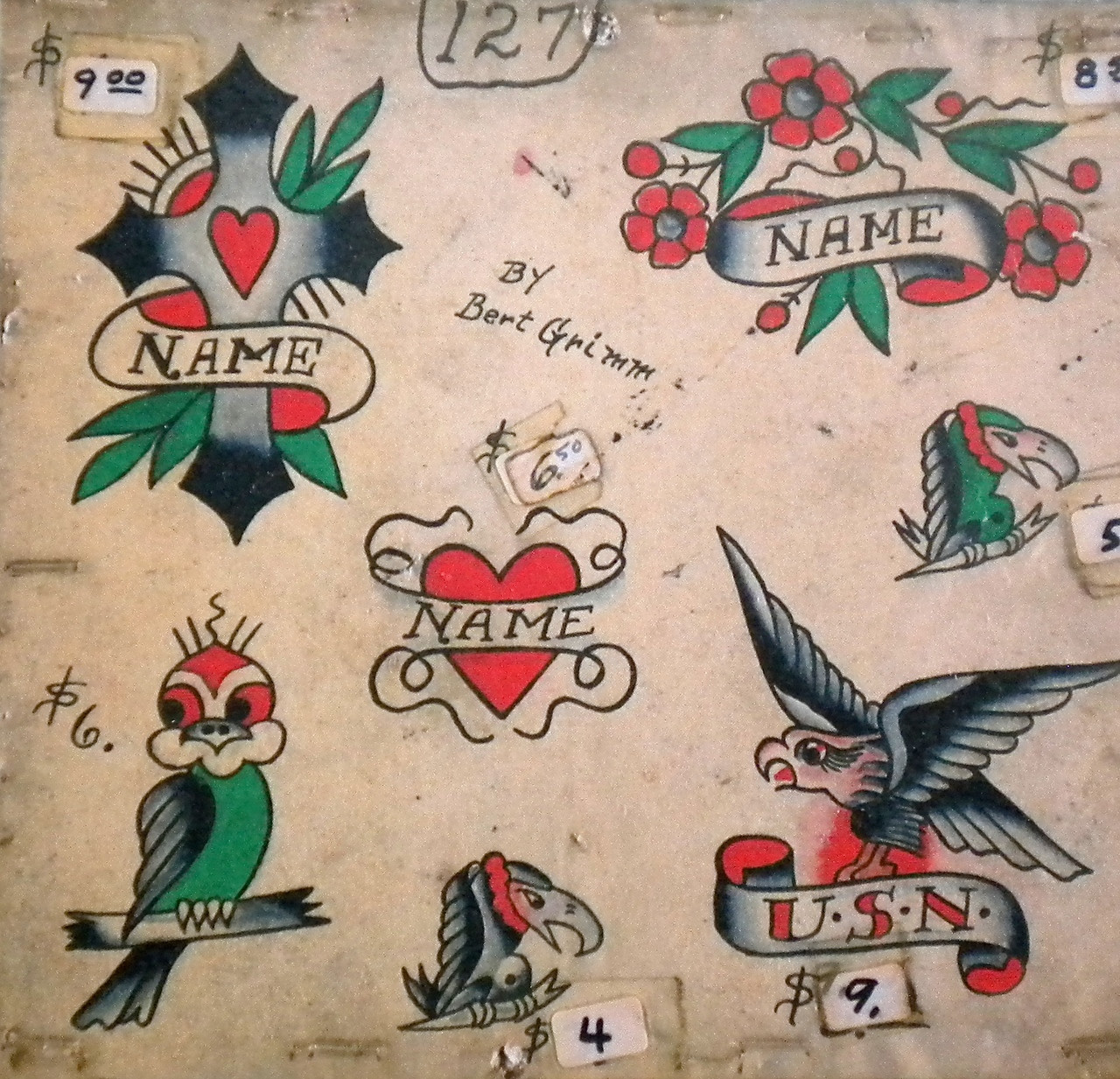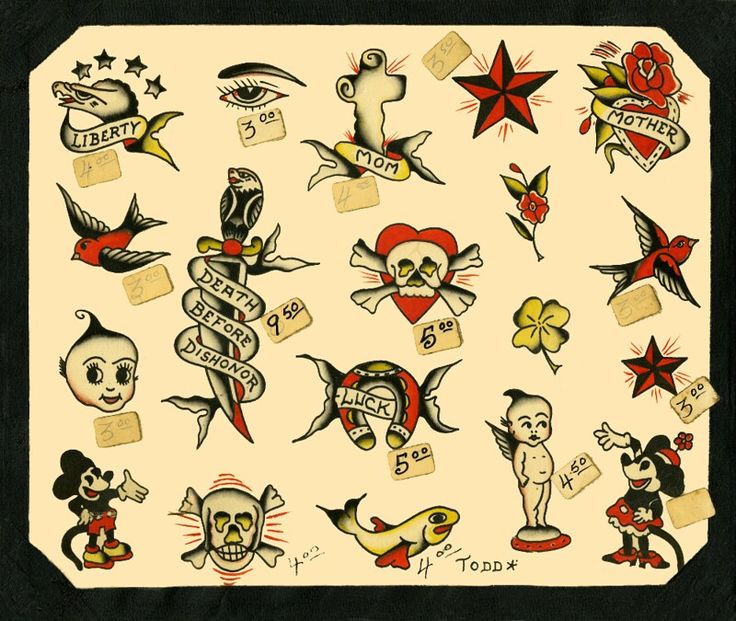The Enduring Art of Tattoo Flash
In the world of tattooing, flash has played a vital role for decades. Vibrant, eye-catching sheets of pre-drawn tattoo designs adorning the walls of tattoo parlors have long served as inspiration and catalysts for clients seeking fresh ink. But tattoo flash is more than just decorative art - it represents a rich history deeply woven into the tattoo industry's cultural fabric.
The Origins of Tattoo Flash
Tattoo flash's origins trace back to the tattoo renaissance of the early 20th century, when the artform shed its disreputable connotations and became an aspect of urban working-class culture. After periods of prohibition, tattooing was slowly legalized again in major U.S. cities like New York in the 1960s. This opened the doors for a new wave of traveling tattooists who would help catalyze flash art's rise.
Figures like Lew Alberts and his protege Tommy Romano in Chicago, Percy Waters in Detroit, and Bob Wicks on the west coast were among the pioneering artists who began producing vibrant, eye-catching sheets of bold designs they termed "flash." These flashes showcased the iconic American traditional imagery heavily influenced by the eras' popular visual culture - swallows, roses, pin-up girls, bloody hearts and punchy lettering.
By displaying these pre-drawn designs on the walls, traveling tattoo masters could attract walk-in clients from the street, streamlining the tattoo experience. The iconic trad imagery also drew from Mexican tattoo, circus and sailor influences - bold images laden with symbolic meaning. This established tattoo flash as an integral artistic representation of Americana.
The Rise of Legendary Tattoo Flash Artists
As the popularity of flash proliferated in the mid-20th century, certain tattooists became renowned for their highly distinctive flash styles that would leave an indelible mark on the industry. Perhaps the most famous is Norman "Sailor Jerry" Collins, the Honolulu-based navy vet whose intricately inked ships, pin-ups and military motifs are instantly recognizable.
Sailor Jerry was as influential for his unique art as he was for spearheading standardized equipment, inks and techniques. His alumni protegees like Don Ed Hardy, Mike Malone and others would go on to carry his bold, richly colored flash style to new heights.
Operating primarily on New York s Bowery, pioneer Lew Alberts established a dynamic trad flash aesthetic featuring fearsome bikers, Mexican day of the dead skulls, and ferocious tigers in his signature black outlines. Alberts' artwork and techniques inspired generations of artists in cities like Boston, NYC and Miami that adopted his gritty, high-contrast style.
Not to be overlooked is the indelible impact of pioneering Detroit tattooist Percy Waters, known for his elegant, graceful designs of glamorous ladies, ornate dragons and oriental emblems. Waters' flashes from the 1940s-1960s established an immediately identifiable classy, refined aesthetic emulated by artists for decades after.
The widespread popularity of these legendary flash pioneers was largely due to the way their bold, graphic designs seemed to leap off the sheets - perfectly eye-catching to lure in clients from the street. Apprentices spent years meticulously copying and tracing flash art from the masters to cement their technical skills.
Below are some examples of Tattoo Flash designed by Percy Waters.
The Purpose & Proliferation of Flash
While originally used by roving tattooists to draw paying customers off the streets, tattoo flash evolved to serve several core purposes that made it indispensable. Having pre-designed sheets allowed shops to showcase their artistic repertoire and let patrons easily browse and choose designs they connected with symbolically or aesthetically.
This streamlined the tattoo experience tremendously for both artists and clients. Someone could walk in, pick biker or sailor-style flash off the wall, and get tattooed the same day with minimal session prep and design input needed. This democratized and made tattoos highly accessible for working class communities. This is something new age current tattooers should embrace and learn from. Every tattoo design doesn't need to be custom drawn over time and tattooed only with scheduled clients. Walking in to a tattoo shop and getting tattooed the same day is a unique experience and new tattooers need to recognize this and enjoy this process.
For apprentices, copying and repeatedly tracing masterful flash art was an essential learning method to develop technical skills like line work, shading and attention to detail. Shops traded or shared successful flash designs, allowing particular iconic images to proliferate into different regions.
The classic bold imagery tapped into widely understood symbolic meaning - roses represented love, snakes were evil/danger, pin-ups were sexiness/beauty. These recognizable icons created a universal visual language for tattooers and clients alike to communicate through.
Modern Digital Tattoo Flash
While traditional flash printed or drawn on paper still maintains deep roots, the tattoo world has inevitably progressed into the digital era. Online libraries like Tattoo Space, TattooSmart, Flashed.club, and recent NFT projects have created expansive marketplaces for tattoo artists to upload, share and sell their digital flash sheets globally.
This increased access has helped fuel new creative visions of flash updated for modern aesthetics and subcultures. Instead of being limited by locale, artists today can find fresh digital inspiration from colleagues' flash around the world with a few clicks on websites like TattooSpace.com. This has made tattoo flash and professional tattoo design reference more accessible for everyone. Allowing people to learn easier then ever. However, many veteran and new-school artists alike still highly cherish and collect classic paper flashes for their authenticity. This is something that will never go away as traditional flash done in the old traditional way will always have an aesthetic that can not be replicated and the actual “originals” on paper can never be replaced.
Below are some examples of New age digital flash and tools created by Richard Shaw and TattooSpace.com.
Innovative artists like Valerie Vargas, Dalmiro Puebla and others have pioneered blending digital and analog techniques, designing flash on tablets but completing artistic touches by hand. This preserves tactile appreciation while allowing digital capabilities like efficient copy/pasting or color editing.
"Flash is a living tradition that's been passed down for generations," says Dalmiro. "Respecting that history while incorporating new tools just expands the creative possibilities."
The artistry and cultural impact of tattoo flash endures regardless of the delivery format.
Tattoo Flash Art Appreciation & Preservation
Beyond its immense practical applications, tattoo flash has transcended its utilitarian roots to become a highly appreciated artistic collectible in its own right. There is a burgeoning subculture of Flash Connoisseurs who obsessively hunt down and preserve rare, vintage flash sheets from legendary pioneering artists or storied shops.
"Flash represents the DNA of American tattoo art,""These sheets give us a tangible connection to the master artists who came before, charting the evolution of cultural trends and technical skill over decades."
From art books and flash retrospectives, to auctions where single early 1900s flash panels can sell for thousands, tattoo collectors have firmly cemented flash's place in the annals of respected Americana artwork and antiques. Particular premiums are paid for prime sheets from greats like Percy Waters, Sailor Jerry or Lew Alberts.
"These pioneers created the fundamental designs and symbolism that still inspire artists today," says Emmings. "Flash has become an iconic marker of American folklore."
“Tattooing is an odd and beautiful form of art, very interesting and more expressive of sentiment than any other thing. It is more fascinating then costly jewelry and cannot be lost or stolen. It is a memento we can keep through life and retain after death. - Percy Waters.
What is a Flash Tattoo: Tattoo Flash's Lasting Impact
From circus tent walls to the walls of immersive museums, tattoo flash has left an indelible mark on global art and culture over the last century and beyond. While modern tattoo design increasingly embraces complete custom pieces, the influence of iconic and historically significant flashes still subtly persists.
The vibrant colors, daring imagery and artistic evolution of tattoo flash is intertwined with the complex history of the tattoo industry's working-class Americana roots. Flash has inspired, taught entire generations of artists, and created an enduring visual language customers immediately recognized and identified with.
While the medium of sharing flash designs has shifted to the digital space, the essence and importance of this traditional art form remains for serious tattooers. After all, the ability to pick potent, symbolic designs directly off the wall is what fueled and democratized tattoo culture for the masses. The magic of flash will continue inspiring both clients and artists alike for the inked future ahead.






